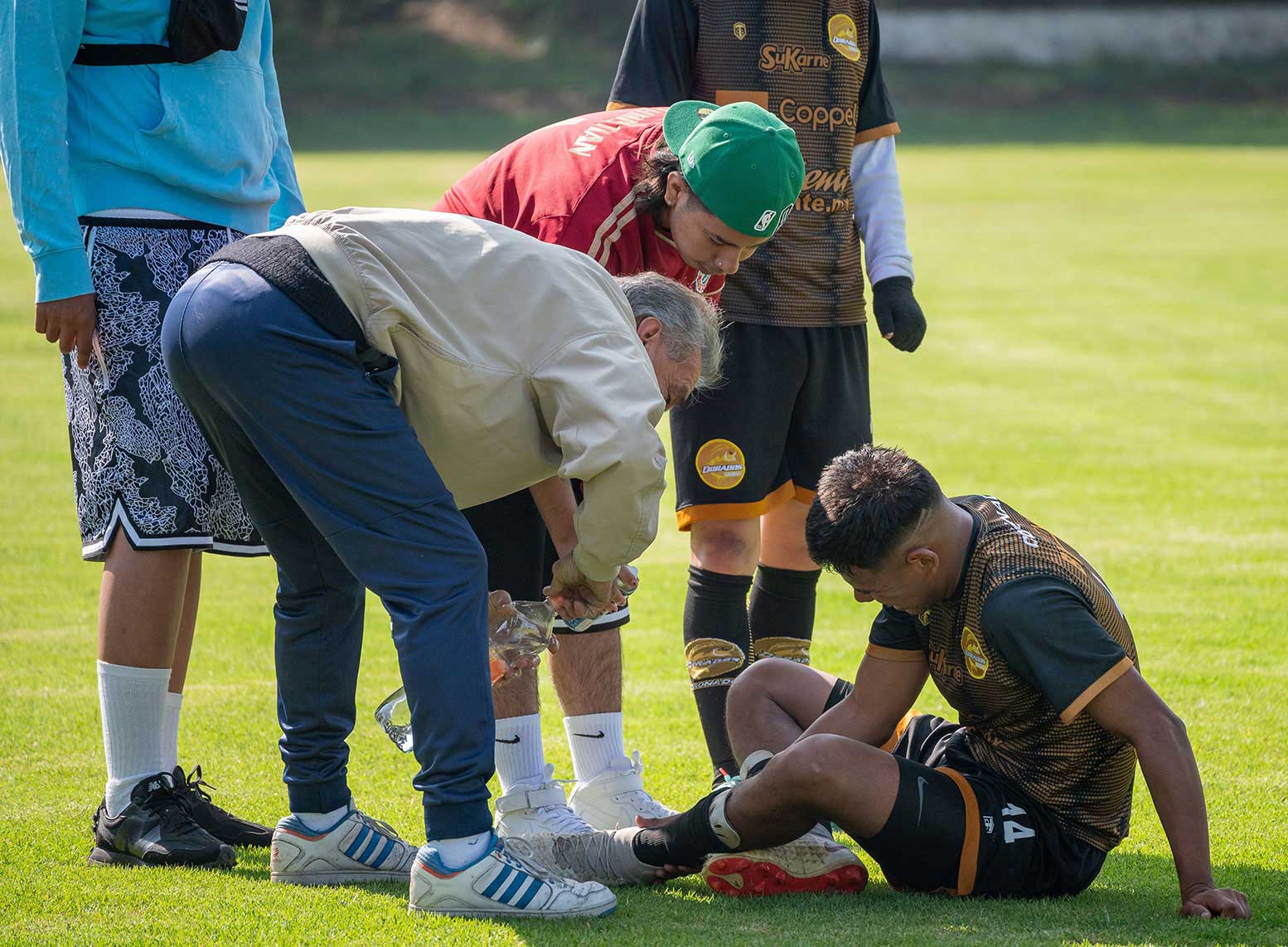E Exercise Techniques and Form
Injury Prevention and Safety Tips When Exercising: A Comprehensive Guide
By
Beauty Doctor MD October 4, 2023

Exercise is a vital component of a healthy lifestyle, offering numerous physical and mental benefits. However, engaging in physical activity also carries the risk of injury. Whether you’re a seasoned athlete or just beginning your fitness journey, understanding injury prevention and safety tips is crucial to ensure your well-being while achieving your fitness goals. In this comprehensive guide, we will explore the importance of injury prevention, delve into common exercise-related injuries, and provide a range of safety guidelines to help you exercise safely and effectively.

The Importance of Injury Prevention
Before we discuss specific safety tips, it’s essential to recognize why injury prevention matters:
- Sustained Progress: Injuries can disrupt your fitness routine, leading to setbacks and plateaus. Preventing injuries allows for consistent progress toward your goals.
- Long-Term Health: Exercise is an investment in your long-term health. Avoiding injuries ensures that you can continue reaping the physical and mental benefits of regular physical activity throughout your life.
- Improved Quality of Life: Injuries can limit your ability to perform daily activities and enjoy life. Injury prevention helps maintain your overall quality of life.
- Financial Savings: Treating injuries, especially severe ones, can be costly. Preventing injuries reduces medical expenses and potential lost income due to time off work.
- Psychological Well-Being: Injuries can lead to feelings of frustration, anxiety, and depression. By preventing injuries, you promote mental well-being.
Common Exercise-Related Injuries
Understanding common exercise-related injuries can help you recognize potential risks and take proactive measures to prevent them. Here are some of the most prevalent injuries:
- Sprains and Strains
- Sprains: Stretching or tearing of ligaments (connective tissue that connects bone to bone).
- Strains: Stretching or tearing of muscles or tendons (connective tissue that connects muscle to bone).
- Tendinitis
- Inflammation of a tendon, often due to overuse or repetitive movements.
- Stress Fractures
- Tiny cracks in a bone’s surface, typically caused by repetitive impact activities.
- Shin Splints
- Pain along the shinbone (tibia), often due to overuse or improper footwear.
- Rotator Cuff Injuries
- Damage to the group of muscles and tendons that stabilize the shoulder joint, commonly seen in weightlifting and overhead activities.
- ACL (Anterior Cruciate Ligament) Tears
- A tear in the ligament that stabilizes the knee joint, often occurring during activities involving sudden stops or changes in direction.
- Lower Back Pain
- Commonly associated with poor form during exercises like deadlifts and squats.
Safety Tips for Injury Prevention
Now that you understand the importance of injury prevention and the common exercise-related injuries, let’s explore a comprehensive set of safety tips to help you exercise safely:

- Start with a Warm-Up: Always begin your workout with a proper warm-up. A warm-up increases blood flow to your muscles, making them more pliable and less prone to injury. Spend 5-10 minutes on light cardio (e.g., jogging or jumping jacks) followed by dynamic stretching (e.g., leg swings or arm circles).
- Progress Gradually: Avoid the temptation to push yourself too hard, too soon. Gradually increase the intensity, duration, and frequency of your workouts. This allows your body to adapt and reduces the risk of overuse injuries.
- Use Proper Form: Maintaining proper form is essential for injury prevention. If you’re unsure about your form, consider working with a certified fitness trainer who can provide guidance and corrections.
- Wear Appropriate Footwear: Invest in quality athletic shoes that provide proper support and cushioning for your specific activity. Ill-fitting or worn-out shoes can contribute to injuries.
- Cross-Train: Vary your workouts to prevent overuse injuries. Cross-training not only reduces the risk of repetitive strain but also enhances overall fitness.
- Listen to Your Body: Pay attention to any signs of pain, discomfort, or fatigue during exercise. Ignoring these signals can lead to injury. If something doesn’t feel right, stop and assess the situation.
- Rest and Recovery: Include rest days in your exercise routine to allow your body time to recover. Overtraining can weaken the immune system and increase injury risk.
- Hydrate and Fuel Properly: Dehydration and inadequate nutrition can lead to muscle cramps, fatigue, and loss of concentration, increasing the likelihood of accidents and injuries.
- Use Safety Equipment: When appropriate, use safety equipment such as helmets, pads, and braces. This is crucial for activities like cycling, skateboarding, and contact sports.
- Warm Down and Stretch After Exercise: After your workout, engage in a cool-down routine that includes static stretching. Stretching can help maintain flexibility and reduce muscle soreness.
- Listen to Professional Advice: Consult with a healthcare professional or physical therapist if you have any pre-existing medical conditions, limitations, or injuries. They can provide tailored advice on exercise and injury prevention.
- Balance Strength and Flexibility: Maintaining a balance between muscle strength and flexibility is essential. Overly tight or weak muscles can lead to imbalances and injuries.
- Use the Right Equipment: Ensure that exercise equipment, such as weights and resistance bands, is in good condition and appropriate for your fitness level.
- Warm Environment: Exercising in cold weather without proper attire can lead to muscle stiffness and increased injury risk. Dress appropriately for the weather conditions.
- Get Adequate Sleep: Sleep is crucial for recovery and overall well-being. Aim for 7-9 hours of quality sleep each night to support your body’s repair processes.
- Stay Informed: Stay up-to-date with the latest fitness and safety guidelines. New information and research may provide insights into injury prevention.
Conclusion
Injury prevention is a fundamental aspect of maintaining a safe and effective fitness routine. By understanding the importance of injury prevention, recognizing common exercise-related injuries, and implementing safety tips, you can significantly reduce your risk of injury while enjoying the numerous benefits of physical activity. Remember that consistency, proper form, and listening to your body are key factors in injury prevention. Prioritizing your safety will ensure that you can continue to pursue your fitness goals and enjoy a lifetime of healthy, injury-free activity.


